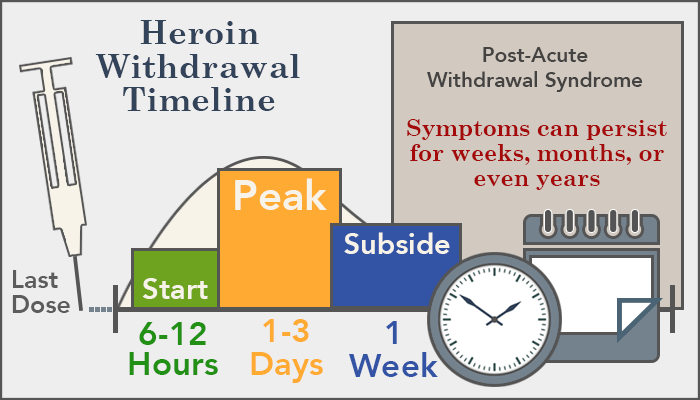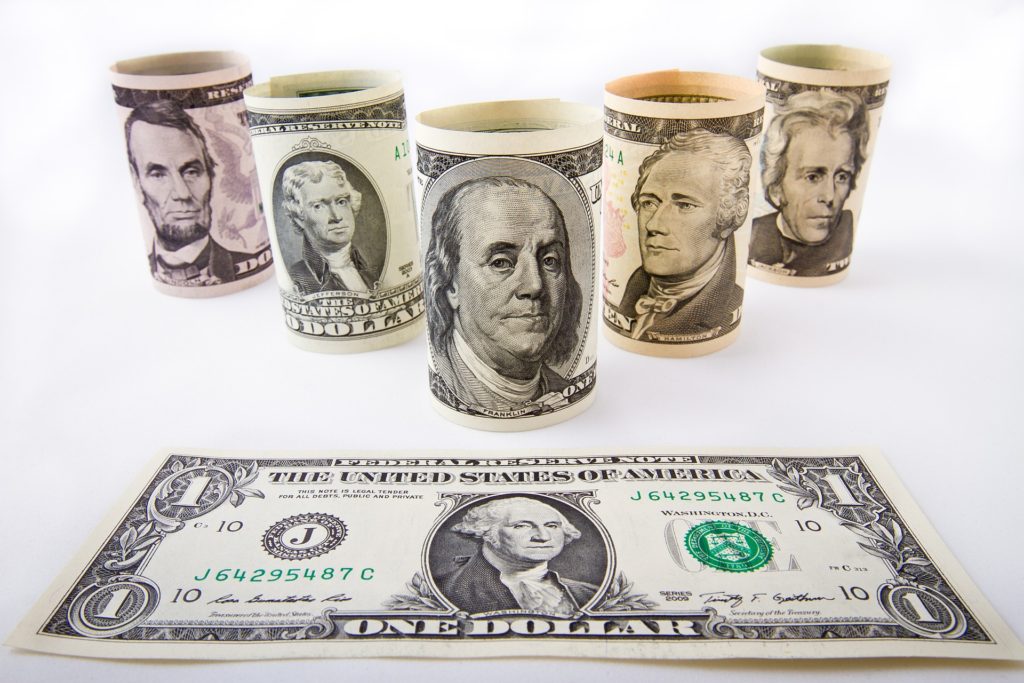Heroin Drug Rehab Trenton, New Jersey
Trenton, New Jersey Struggles With Heroin Addiction
Trenton is the county seat of Mercer County and the capital of the state of New Jersey, with a population of close to 85,000 people in 2010, per the City of Trenton. The state of New Jersey has been hit hard with issues surrounding drug and alcohol abuse and addiction, and Trenton City has as well.
Understanding Heroin
Heroin, likewise known as diamorphine is a manufactured opioid analgesic derived from the Asian opium poppy plant. When used, heroin converts to morphine in the body. In medication, diamorphine is utilized to deal with extreme discomforts, such as from a cardiovascular disease, cancer, or burns. In truth, the term “heroin,” is just used when explaining the prohibited street type of the drug. Other street names for heroin include “black tar,” “smack,” “H,” “horse,” “brown,” “tar.”.
Heroin is typically used on the streets as a recreational drug known for the sensations of wellness and the pleasure that it offers users. People who abuse heroin report feeling an intense rush, a transcendental feeling of euphoria, while the drug is being metabolized into morphine in the brain. Tolerance, the requirement for more heroin to produce similar feelings of ecstasy, develops quickly.
Heroin has lots of approaches of abuse— it can be injected intravenously, breathed in by snorting or smelling, or smoked. Each path of administration crosses the blood-brain barrier rapidly, which results in health dangers and a high threat of addiction. Heroin addiction is known as a chronic, relapsing disease that is defined by modifications in the brain and uncontrollable drug-seeking habits regardless of the negative repercussions.
Heroin addiction statistics
It’s reported that worldwide, over 50 million people utilize heroin, drug, and miracle drugs on a regular basis. In 2011, 4.2 million Americans over the age of 12 (1.6% of the population) reported having actually used heroin a minimum of when in their lifetime. It’s been approximated that around 23% of individuals who have actually used heroin ended up being reliant upon it.
Signs and Symptoms
Symptoms and signs of heroin addiction
The signs and symptoms of heroin addiction will vary among users based upon genetic makeup, quantity of substance abuse, frequency of use, and reliance on the drug. The most typical symptoms of heroin addiction include the following:
Mood signs:
- Depression
- Ecstasy
- State of mind swings
- Stress and anxiety
- Hostility towards others
- Agitation and irritation
Behavioral signs:
- Lying about drug use
- Preventing loved ones
- Increased quantity of time invested getting, using, and recovering from heroin abuse
- Reduced attention to personal health
- Possession of burned spoons, needles or syringes, missing out on shoelaces, glass pipes
- Stowing away drug in different locations around the house, car, and work
- Periods of hyperactivity followed by periods of exhaustion
- Failure to meet obligations at work or school
- Increased sleeping
- Lethargy and absence of motivation
- A decline in occupational or academic performance
- Slurred, garbled speech
- Using long pants and shirts, even in warm weather
- Going “on approval” during conversations
- Forced, pressured speech
Physical signs:
- Track marks on arms and legs
- Constantly running nose
- Shortness of breath
- Nausea and vomiting
- Frequent respiratory infections
- Dry mouth
- Warm, flushed skin
- Constricted pupils
- Heaviness in arms and legs
- Extreme itching
- Weight reduction
- Scabs or swellings as the result of choosing at the skin
Psychological symptoms:
- Misconceptions
- Disorientation
- Hallucinations
- Paranoia
Users build a tolerance to heroin, causing increases in the frequency and amount of heroin usage. With growing tolerance, more definitive physical signs of heroin abuse and addiction emerge:
- Weight loss.
- A runny nose (not discussed by other illness or medical condition).
- Needle track marks visible on arms
- Infections or abscesses at an injection site.
- For females, loss of menstrual cycle (amenorrhea).
- Cuts, bruises or scabs from skin selecting.

Drug Treatment Centers Trenton, New Jersey
Effects
Effects of heroin addiction
The impacts of heroin abuse will differ from person to individual, relying on the length of abuse, quantity utilized, private makeup, and life scenarios. The most common effects of heroin addiction may include:
- Liver illness
- Skin disease and abscesses around injection websites
- Infections of the valves and lining of the heart
- mental functioning
- Itching
- Collapsed, scarred veins
- Blood clots, leading to stroke, pulmonary embolism, and heart attack
- Kidney illness
- Risks of contracting chronic diseases
- Dangers for blood-borne pathogens
- Septicemia
- Respiratory anxiety
- Seizures
- Overdose
- Death
Withdrawal Symptoms
Withdrawal symptoms of heroin addiction
Individuals who deal with heroin addiction frequently find that the withdrawal symptoms keep them from successfully quitting. It is essential for people dealing with heroin withdrawal must just do so under the supervision of a qualified doctor in a rehab setting. Withdrawal from heroin can be an undesirable experience and might include signs such as:
- Extreme drug yearnings
- Severe sweating
- Queasiness and throwing up
- Sensations of heaviness of the body
- Severe pain in muscles and bones
- Cramping in the arms and legs
- Weeping jags
- Insomnia
- Cold sweats
- Runny nose
- Fever
- Diarrhea
What Happens During Heroin Withdrawal?
Once a physical reliance on heroin has actually developed, an individual is vulnerable to experiencing a distressing duration of withdrawal, ought to she tries to stop utilizing the drug. The symptoms of withdrawal look like the individual’s body efforts to readjust to functioning without heroin present in its system. Examples of possible symptoms that can develop during a period of heroin withdrawal can consist of, however, are not restricted to, the following:
Medications Used For Heroin Detox
Certain medications are commonly utilized in heroin addiction treatment. These include:
- Clonidine: This medication is a generic drug used to treat high blood pressure, but it has also been shown reliable in dealing with opiate withdrawal symptoms, serving as a sedative and reducing much of the preliminary withdrawal signs discussed above.
- Methadone: This drug is an opioid medication utilized to deal with moderate to serious pain. It has actually also been used for years in heroin addiction treatment. Typically, a person has turned off heroin onto methadone, and gradually, the dosage is slowly decreased till the person is drug-free. Methadone lessens withdrawal symptoms and reduces cravings for heroin.
- Buprenorphine: This drug is a partial opioid agonist (heroin is a full agonist), indicating it blocks receptors in the brain that would generally be triggered by the use of heroin. At the very same time, it might lower or even eliminate withdrawal symptoms and yearnings, as the brain receptors accountable for the high achieving with heroin are led to think that an encounter with that opiate has actually happened. Buprenorphine has gotten popularity as an option, potentially with less abuse capacity, to methadone in opiate addiction treatment.
- Naltrexone: This drug likewise blocks the ability of an opiate to impact receptors in the brain. It can be advantageous in avoiding relapse, though it has little effect on withdrawal signs and for that reason should not be utilized throughout the withdrawal process, but rather as a protect against additional usage of heroin, as it obstructs any effect heroin might have. This medication can be found in tablet form or in an injectable format.
Discover more About Heroin Addiction Treatment
Find out more about heroin addiction treatment at a Trenton, New Jersey Center
Heroin is a powerful semi-synthetic opiate stemmed from the Asian poppy plant. Heroin is used recreationally to supply users with an intense rush that is more powerful than many opioid analgesics as it quickly crosses the blood-brain barrier. Lots of individuals use this “downer” with other downers like alcohol or benzodiazepines to offer a more intense high. Unfortunately, polydrug abuse can cause risky health repercussions such as respiratory anxiety and death. Others integrate heroin with uppers like cocaine and methamphetamines in order to fight a few of the undesirable side effects of stimulant abuse. This mix of uppers and downers can cause cardiovascular complications and ultimately death.
Heroin, referred to as “chiva,” “smack,” “dope,” or “scrap,” can be abused in a variety of manners. Lots of individuals smoke heroin, snort it, or inject it. Sadly, due to the fact that heroin is a street drug, it is difficult to identify the level of pureness of the drug. Many smack dealerships cut their heroin with other compounds such as baby powder or talcum to optimize revenues. Frequently used on the streets, a “speedball” is a mix of cocaine and heroin that can lead quickly to death. IV drug abuse can lead to sharing needles and increases the threat that a person will develop a blood borne pathogen such as HIV/AIDS or Liver Disease C.
Chronic heroin users might keep in mind that tolerance to the drug is rapidly established and they must use higher amounts of smack to get high. When a specific develops physical tolerance to heroin, unpleasant withdrawal signs can appear, resulting in a relapse back into heroin abuse. Mental withdrawal symptoms can trigger a user to think mistakenly that he or she is unable to correctly operate without the drug, which can lead to intense yearnings and drug-seeking behavior if the drug is unavailable.
Proper rehab and treatment are needed for people who are addicted to heroin to be able to resolve the physical and psychological aspects of addiction.
Why Think about Treatment
Why think about treatment for heroin addiction at a Trenton, New Jersey Center
Heroin addiction and abuse can cause devastating individual consequences in almost every element of a user’s life. Addiction leaves practically no part of an addict unaffected. You may discover that you have actually lost the core group of people you when called friends. You may see that your household is out of their minds with worry about your drug use. You may have been fired from your job or kicked out of school for declining efficiency. You may learn that you are dealing with numerous major medical problems as a result of your addiction. You may feel alone, helpless, and desperate. We are here to assist.
Many centers offer state-of-the-art behavioral health treatments, consisting of detox. This mix has shown beneficial for numerous males and females similar to you who are dealing with compound addiction together with any medical issues. Trained personnel is well-equipped to assist each person who pertains to us having a hard time to beat addiction by administering reassuring 24/7 care.
Types of Treatment
Kinds of heroin addiction treatment offered at Heroin detox Trenton NJ
When you pertain to us, you’ll undergo a complete medical and psychiatric evaluation to assist us to determine how reliant upon heroin your body has actually become. We’ll also determine any co-occurring conditions and medical conditions you may be struggling with. This details will assist us to work along with you to develop a treatment plan that works to attend to all of your needs.
If you are struggling with a physical reliance to heroin, it is most likely that the primary step at your rehab center will involve our medically managed detox treatment. As we understand that detox can be rather a frightening prospect, they will do the best to discuss everything before it happens so that there are no surprises. In detox, you’ll safely and successfully be detoxed from heroin and any other compounds that you might have in your system. When you are medically stabilized, you will move into the next stage of your rehab.
Medication may be utilized at the beginning of your stay with us to help control the results of withdrawal or to handle symptoms of a co-occurring condition. Many individuals discover that once they develop more effective coping systems, they will have the ability to taper down the amount of medication they use. Other individuals who are fighting with co-occurring disorders may require longer-term therapeutic management. The use of medication will be decided by your treatment team.
Private therapy will be used for the circumstances in which group treatment does not properly resolve your needs. You’ll deal with analytical methods for the difficulties you are facing in your life in a more intimate environment.
Cognitive-behavioral treatment (CBT) is a kind of therapy that assists individuals with addiction issues efficiently challenge their unfavorable patterns of thinking and replace them with more positive ways of viewing the world. This can help those who feel powerless to see things as they truly are.
Group treatment is the main therapeutic technique is found to be the best method of helping individuals recuperate from heroin addiction is to allow them to work together to work through difficult feelings and battles. Offering both process-based and psycho-educational groups to assist you process emotions surrounding your addiction and learn more about relapse prevention, coping abilities, and sets off for utilizing.
Inpatient Treatment vs. Outpatient Care Trenton, NJ
What’s the Difference?
Inpatient rehab is where you “check in” to a rehab center. You essentially stop your life and simply do rehab for a certain amount of time. Outpatient rehab is where you live your life “outside” of rehab, but spend some quantity of time taken part in rehab, consisting of group meetings, specific counseling, etc
Inpatient (residential) Rehab, What it is and how it works
Inpatient treatment refers to the treatment of drug dependence in an area setting. The very first part of inpatient treatment consists of medically supervised detoxification. This could last approximately a week and is typically the toughest part of healing.
PeriodLength of stay will differ for an inpatient drug treatment program. Generally, inpatient rehab lasts 28 days. Nevertheless, the last few years have actually seen an introduction of several substance abuse care models, varying from 3 days and up to a year.
Kinds Of Inpatient Programs
There are numerous types of inpatient programs, consisting of:
- therapy-based programs
- 12-step programs
- multimodality programsAdvantages
According to this research study, substance abuse treatment is more reliable when secondary mental health concerns, such as stress and anxiety, are resolved as part of therapy. This is why inpatient treatment works for people addicted to drugs who also have a psychological health disease, such as anxiety, Schizophrenia, Bipolar affective disorder, Cyclothymic condition, borderline personality disorder, or others.
Downsides
Drawbacks to inpatient drug treatment consist of:
- Controlled environment dictates your schedule, when you get up , when you consume, when you go to bed
- You are not complementary to come and go
- You’ll require to leave your job throughout of the treatment
- Depending upon the kind of insurance coverage you have, inpatient treatment may or might not be covered
Outpatient
What it is and how it works?
- With outpatient rehab, you’ll live your life like you generally would, and attend treatment programs during off-hours. Outpatient programs provide clients with the best quantity of versatility while still offering a high requirement of care Outpatient drug treatment includes a range of protocols, consisting of:
- Professional psychiatric therapy
- Casual peer conversations
- Counseling services, consisting of private, group, or household therapy
- peer group support
- professional treatment
- marital therapy
- cognitive treatment
- Aftercare outpatient services can consist of 12-step conferences, group counseling, individual therapy, trade therapy, recovery training, and/or relapse prevention techniques.
Making the Choice
It can be a tough decision to make when choosing in between inpatient or outpatient treatment. While not everyone may always need inpatient care, others might not be getting approved for outpatient treatment. Conquering an addiction needs you to be all in, so it’s important to choose based upon what’s finest for you and your healing.
Need help with your search for the right treatment center? We can help! Call Us Now!
Get Help Now
Heroin addiction is an incapacitating illness, one that frequently can’t be resolved or controlled without expert help. Heroin addiction can be fatal, so taking action as soon as possible can save a life. Whether you or a loved one enroll in inpatient or outpatient rehab, seeking assistance is the initial step to recovery.
If you are searching for a heroin drug rehab for detox and treatment for heroin or opiates/opioids contact our helpline now. Inpatient drug rehabs in Trenton, New Jersey offer help for those struggling from substance abuse.


















